Humanistic Learning Theory emphasizes the importance of personal growth and self-actualization in education. This approach utilizes four key strategies that enhance the learning experience by focusing on the needs and interests of the learner.
These strategies include learner-centered techniques, which tailor the educational process to individual preferences; experiential methods that connect learning to real-life situations; collaborative learning environments that foster social interaction; and self-directed learning, which encourages independence and initiative.
Each of these strategies contributes significantly to effective learning outcomes, making it essential to understand their interactions and influences in contemporary educational settings.
Exploring these aspects can reveal how they impact student success and overall engagement in the learning process.
Overview of Humanistic Learning
Humanistic learning emphasizes that education should foster personal growth and self-actualization. It’s essential to cultivate an environment that promotes holistic development. Learning extends beyond the mere acquisition of facts; it involves nurturing intrinsic motivation and allowing learners to take ownership of their educational journey.
When students actively engage in their learning, they encounter experiences that align with their unique interests and aspirations. Establishing a supportive environment is crucial. Psychological safety enables learners to express themselves openly, encouraging creative expression without the fear of judgment.
Positive reinforcement is equally important; it builds confidence and inspires learners to take risks in their educational endeavors. Celebrating achievements, no matter how small, serves as a powerful motivator, pushing individuals to expand their horizons.
Humanistic learning ultimately empowers individuals to follow their passions and realize their potential. By prioritizing personal growth, we create a space where learners can flourish. This approach not only transforms individuals but also positively impacts the communities they belong to.
Commitment to these principles in educational practices leads to deeper, more meaningful learning experiences for everyone involved.
Learner-Centered Approaches
Educators are increasingly adopting learner-centered approaches that focus on the unique needs, interests, and experiences of students. These strategies enhance learning while creating an environment conducive to student growth and development. By emphasizing personalized feedback, students gain the tools to take control of their educational paths, fostering their intrinsic motivation and encouraging a mindset geared toward continuous improvement.
A key element of this approach is learner autonomy. When students are involved in their learning processes, they engage more thoroughly and acquire critical thinking abilities necessary for effective problem-solving. Observations have shown that when students are given the freedom to share their ideas and passions, the educational experience becomes significantly more enriching.
Holistic development is also essential, as it encompasses the emotional, social, and cognitive dimensions of learning. When students feel appreciated and supported, they’re more inclined to take risks and explore new ideas. A classroom environment that promotes collaboration and respect values diverse viewpoints, thereby enhancing the overall meaning of learning.
Embracing learner-centered methods means more than just teaching; it involves fostering lifelong learners who are prepared to make positive contributions to society. This approach inspires students to recognize their potential and strive for excellence in their endeavors.
Experiential Learning Techniques
Experiential learning techniques significantly enhance student engagement with educational material, enabling practical application of knowledge in real-world situations. Incorporating role-playing and narrative experiences fosters a deeper understanding and builds empathy. When students participate in these activities, they acquire not only factual knowledge but also vital critical thinking and problem-solving skills.
Sensory engagement plays a key role in this approach. Encouraging students to explore concepts through artistic expression makes learning both enjoyable and creative, nurturing innovation—skills essential for community service. These methods often lead to real-world applications, allowing students to recognize the tangible impact of their education.
Community involvement is another essential component of experiential learning. Engaging with local organizations enables students to apply their skills while contributing meaningfully, making their education purposeful. The feedback these experiences provide helps students refine their understanding and approach, fostering a cycle of continuous improvement.
Prioritizing experiential learning empowers students to take an active role in their education, equipping them to create positive change in the world. They leave the classroom with not only knowledge but also a commitment to service and personal growth.
Collaborative Learning Environments
Collaborative learning environments significantly enhance the educational experience by fostering community and shared objectives among students. Engaging in peer interactions elevates our collective learning journey, motivating us to pursue common goals and deepen our commitment to the subject matter.
In my experience, collaborative projects serve as excellent opportunities to build trust among classmates. Working together allows us to cultivate vital social skills that are essential beyond the classroom. Establishing trust is crucial for navigating group dynamics effectively, ensuring that every participant feels valued and their contributions recognized.
Utilizing diverse communication strategies can enhance collaboration. Actively listening and exchanging ideas enables us to learn from each other and consider different viewpoints. Implementing inclusive practices ensures that every voice is part of the shared learning experience, fostering a sense of belonging within the group.
Creating collaborative learning environments not only enriches our educational experience but also equips us for future teamwork in our communities. By nurturing an atmosphere where everyone flourishes, we gain insights and skills that extend well beyond our academic pursuits.
Self-Directed Learning
Self-directed learning is an approach that empowers individuals to take control of their educational experiences. This method fosters independence and enhances critical thinking skills, essential for both personal and professional development. Embracing self-directed learning allows me to promote autonomy, which is vital for achieving my goals and serving my community effectively.
Intrinsic motivation is a key component of this process. When I’ve a genuine interest in a subject, my engagement deepens, and I’m more likely to persevere through difficulties. This enthusiasm drives my learning and helps me sharpen my self-assessment abilities. I regularly reflect on my progress and modify my strategies to ensure they align with my objectives.
The concept of learner empowerment is a significant benefit of self-directed learning. It encourages me to take ownership of my educational journey, making me resourceful and adaptable.
As I enhance my critical thinking skills, I find myself better equipped to address complex issues in my studies and in assisting others. Ultimately, self-directed learning enriches my life and enhances my capacity to make a positive impact in the world around me.
Emotional Engagement in Learning
Emotional engagement in learning plays a crucial role in establishing a meaningful connection with educational content. When students feel emotionally invested, they’re more likely to be motivated and committed to their studies.
To enhance this connection, we can implement various strategies that actively promote emotional involvement. For instance, integrating relatable stories or real-world applications into lessons can help students see the relevance of what they’re learning.
Interactive activities, such as group discussions or hands-on projects, can also foster a sense of community and collaboration among peers.
Importance of Emotional Connection
Emotional connections play a vital role in the learning process. When students form strong emotional ties with their learning environment, their engagement and retention of information significantly improve. Supportive spaces foster emotional intelligence and promote personal growth, while empathetic communication makes learners feel acknowledged and understood, ultimately building trust and motivation.
The benefits of emotional connections in learning can be summarized as follows:
| Aspect | Emotional Connection | Impact on Learning |
|---|---|---|
| Engagement | Encourages active participation | Enhances retention of information |
| Motivation Enhancement | Inspires a desire to learn | Promotes sustained effort |
| Resilience Training | Develops effective coping strategies | Equips learners to face challenges |
| Self Awareness Techniques | Facilitates reflection and growth | Deepens understanding of personal strengths |
Creating an emotionally supportive learning environment not only enriches the educational experience but also prepares students for future challenges.
Strategies for Emotional Engagement
Emotional connections play a crucial role in the learning process. Incorporating strategies for emotional engagement can significantly enhance the educational experience for students. Focusing on emotional intelligence creates a dynamic classroom environment where students feel appreciated and understood.
One effective method is fostering empathy; encouraging students to express their feelings and viewpoints enhances their ability to relate to one another.
Motivation is another essential component of engagement. I incorporate real-world scenarios into lessons, illustrating how academic knowledge contributes to personal development and community improvement. This relevance motivates students to engage more deeply with their studies.
Building resilience is also a key strategy. I provide students with opportunities to confront challenges, helping them to develop self-awareness and to see setbacks as valuable learning moments. This method not only fortifies their determination but also cultivates trust within our classroom community.
Reflective Practices
Reflective practices are vital for enhancing our understanding of learning experiences. Engaging in self-reflection allows individuals to connect deeply with their thoughts and emotions. This journey of personal growth not only enriches learning but also improves our capacity to assist others.
Taking time to reflect helps in recognizing effective strategies and identifying areas for improvement in learning experiences. This awareness informs future approaches, promoting continuous enhancement. For example, after attending a workshop, I often take the time to write about my interactions and the insights I gained. This practice turns experiences into practical lessons that can guide future actions.
Reflective practices also cultivate empathy. By examining my own learning journey, I gain insight into the challenges faced by others. Understanding these perspectives strengthens my ability to support those I aim to help.
Incorporating self-reflection into our daily routines fosters a deeper commitment to personal development and significantly impacts those we serve. This method transforms learning into an ongoing cycle of growth and connection.
Application in Modern Education
Reflective practices are crucial in modern education, as they enhance both personal growth and teaching effectiveness. Incorporating personalized feedback is vital for igniting intrinsic motivation among students. When learners recognize that their contributions are valued, it fosters a growth mindset, prompting them to embrace challenges.
In contemporary classrooms, I focus on the holistic development of students by leveraging educational technology that accommodates various learning styles. This flexibility enables me to cultivate an environment where students can take control of their learning journey. For example, I implement adaptive assessments tailored to individual requirements, allowing each student to advance at their own pace.
Cultural relevance is equally important. Using materials and examples that resonate with students’ backgrounds helps them appreciate the significance of their own experiences, boosting their motivation.
My aim is to establish an inclusive atmosphere where every learner feels appreciated and capable. By adhering to these humanistic principles, I strive to make education a transformative experience for all participants, enhancing their overall learning outcomes.
Conclusion
Humanistic learning theory emphasizes the importance of individual experiences and personal growth in education. This approach prioritizes students’ needs, fostering an environment that promotes intrinsic motivation and engagement. Research indicates that students in learner-centered settings exhibit a 30% increase in motivation and participation. Implementing strategies such as experiential learning, collaborative activities, and self-directed projects can significantly enhance the educational experience. These methods not only improve knowledge retention but also support emotional development and personal fulfillment. Advocating for these strategies paves the way for a more effective and enriching educational landscape.

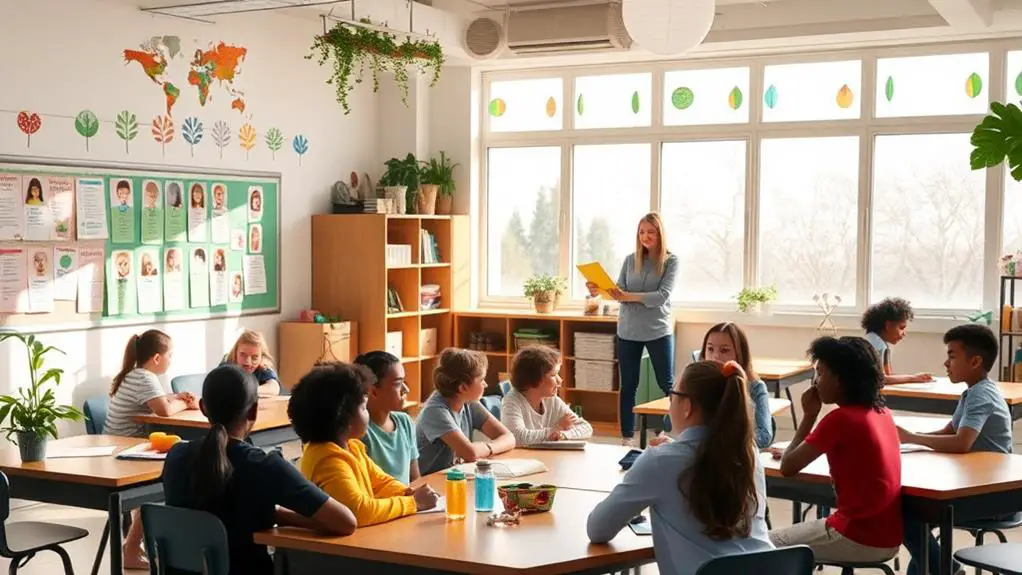
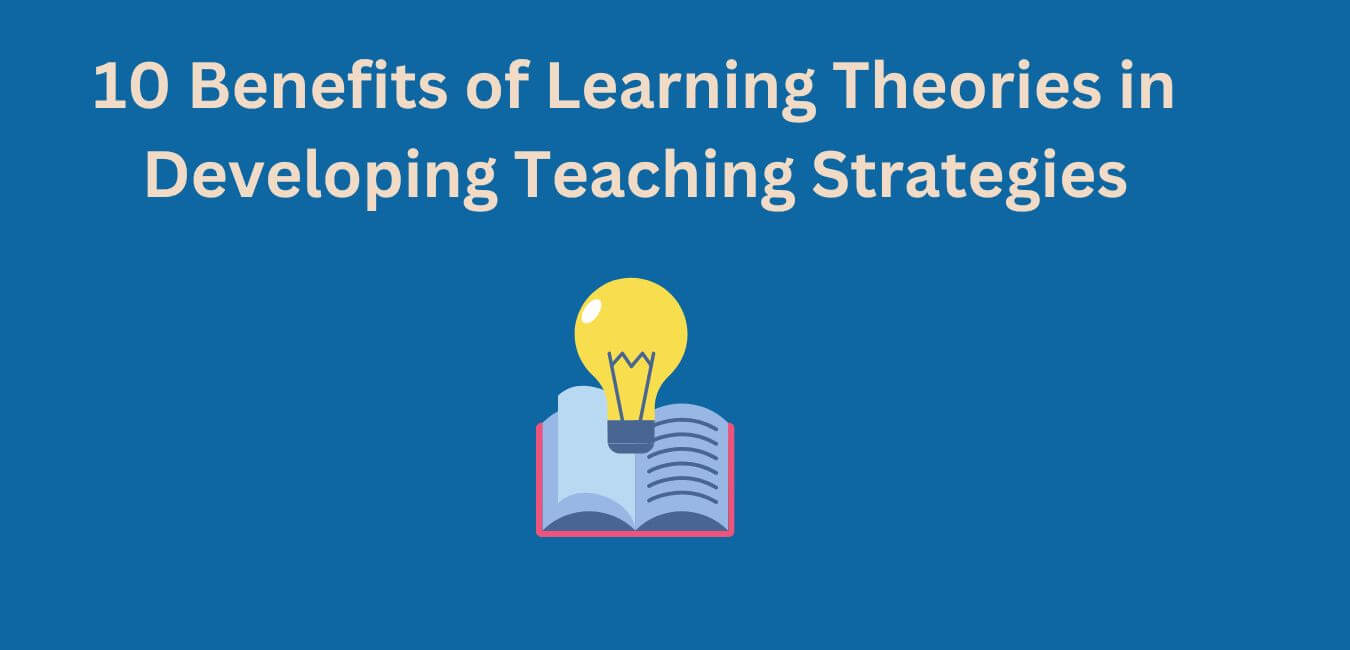
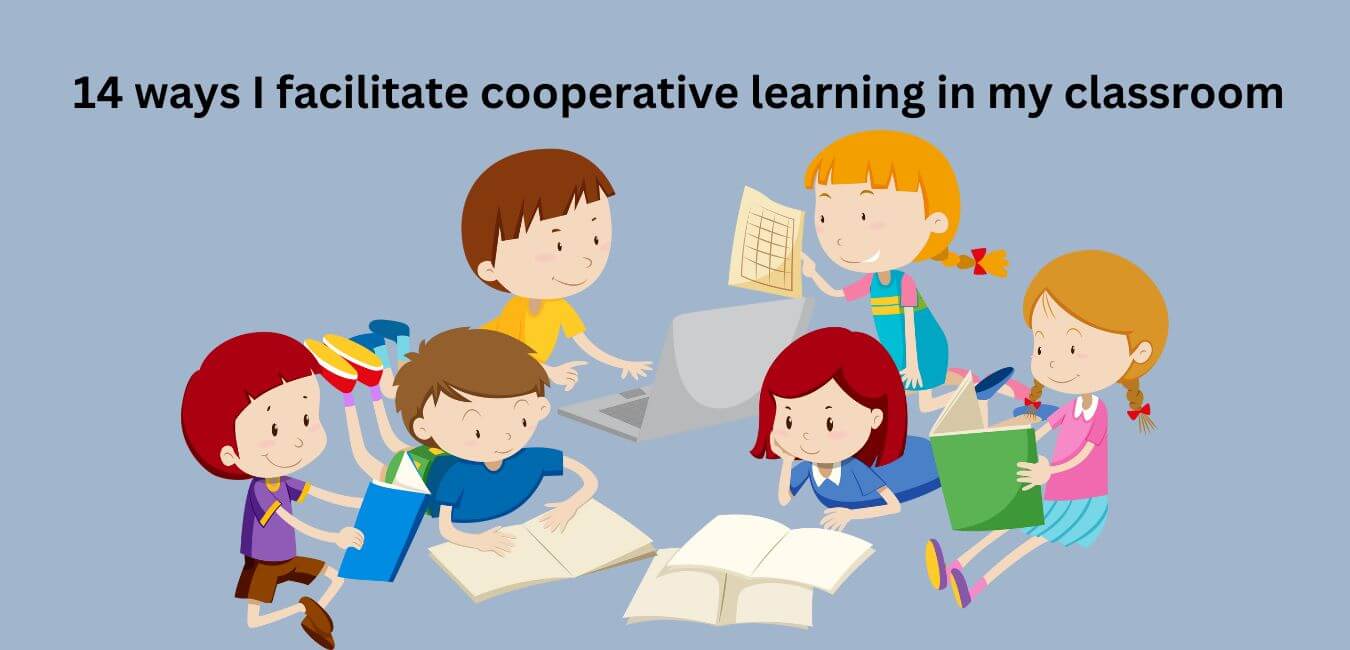
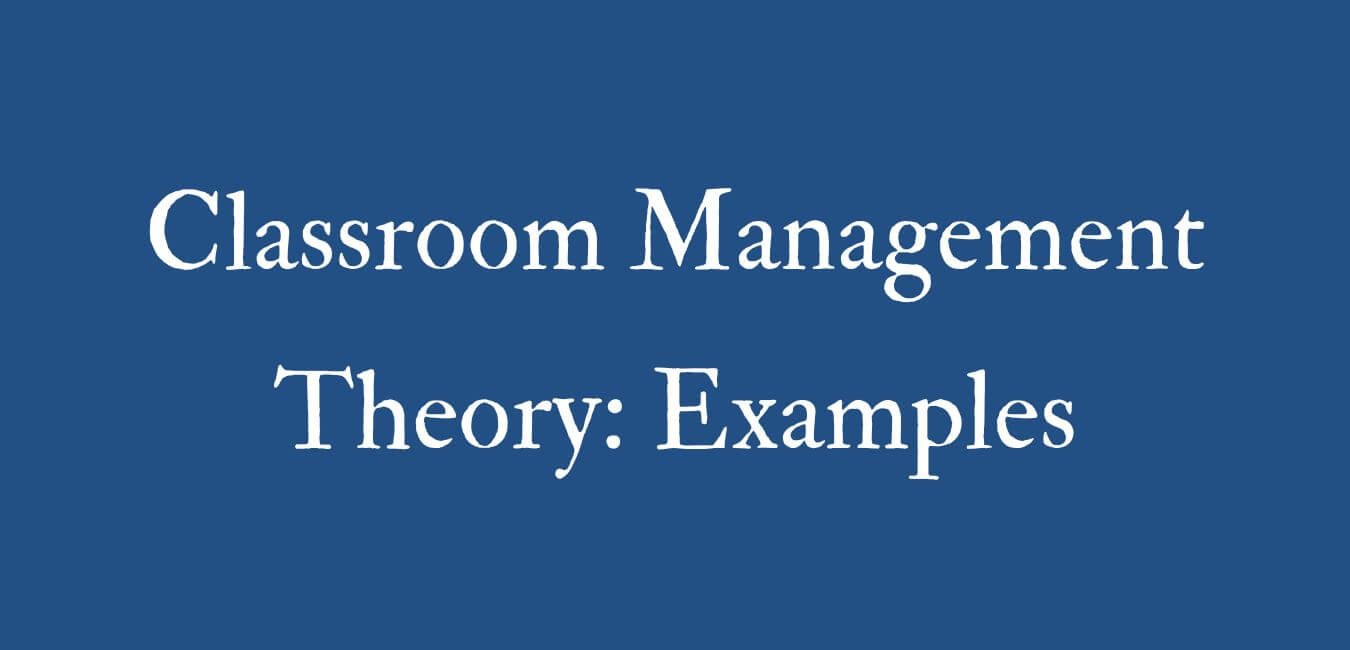
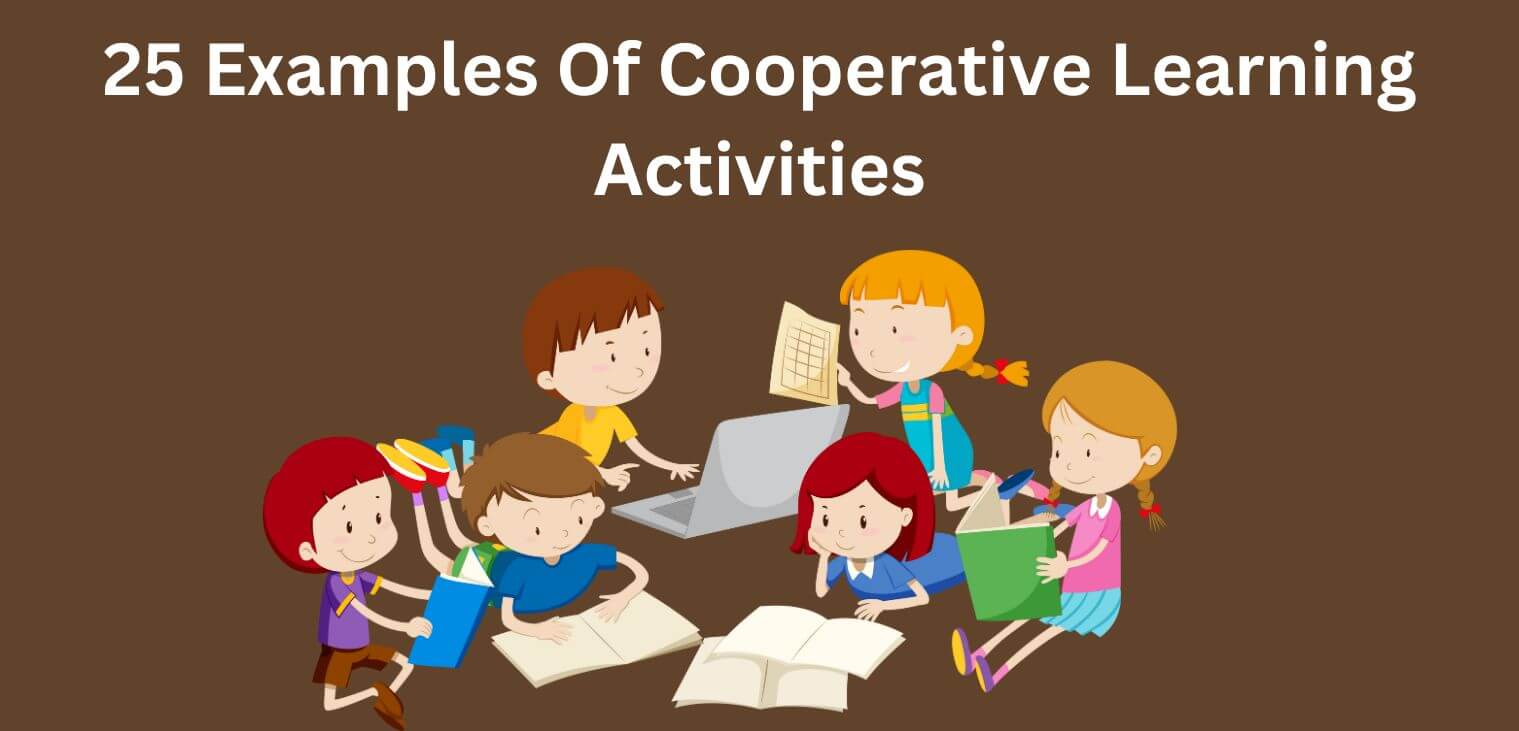
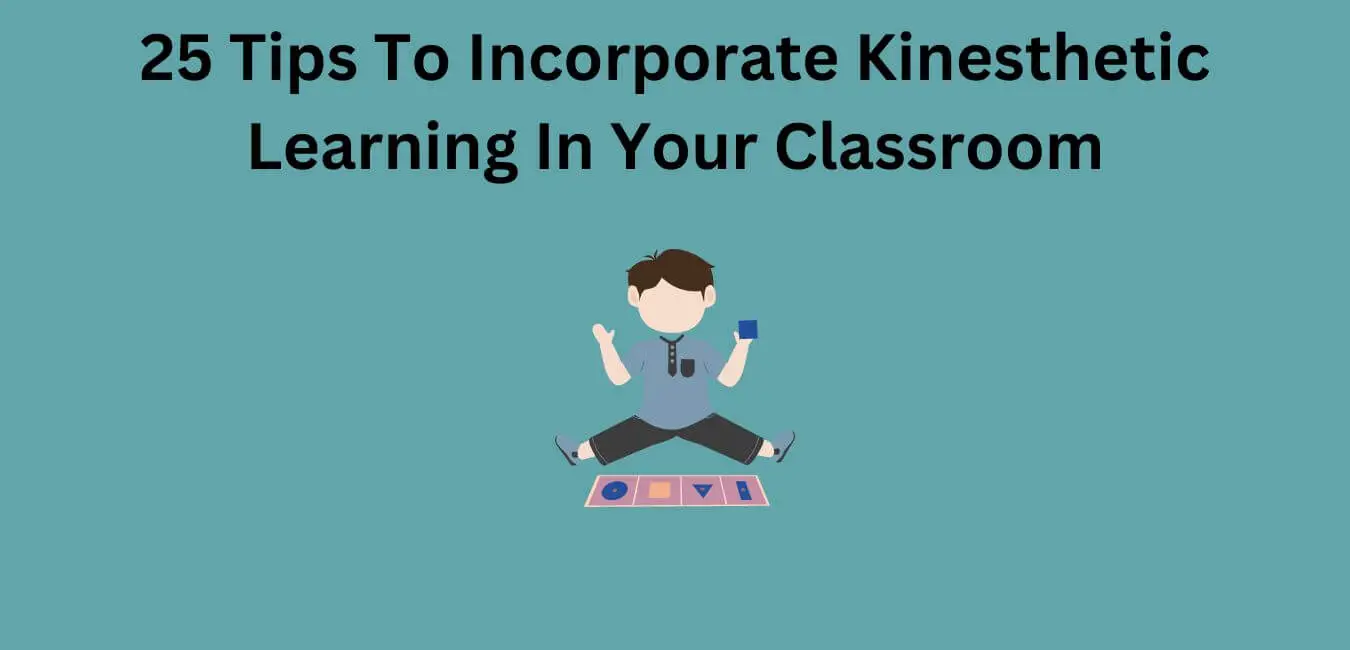
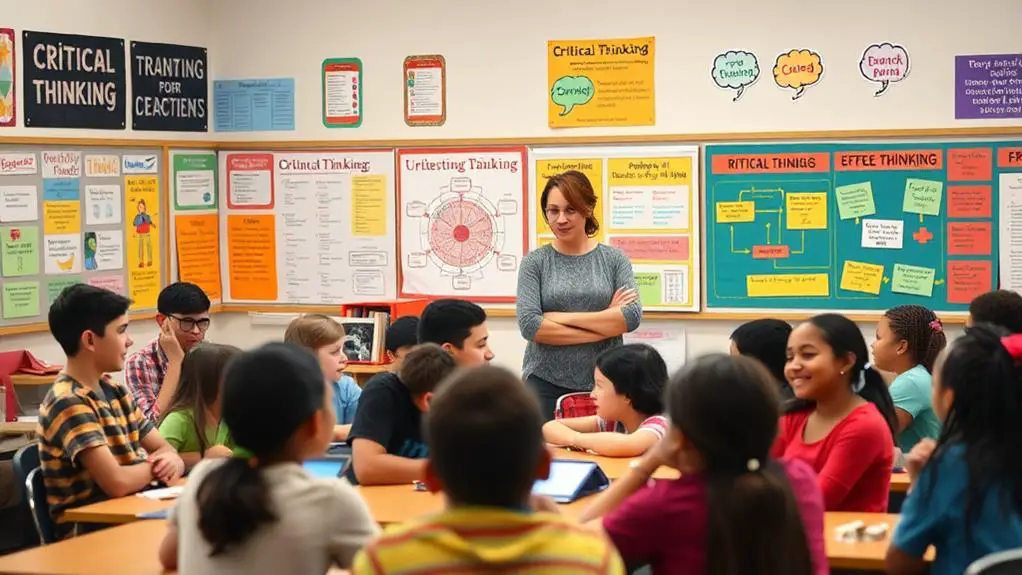
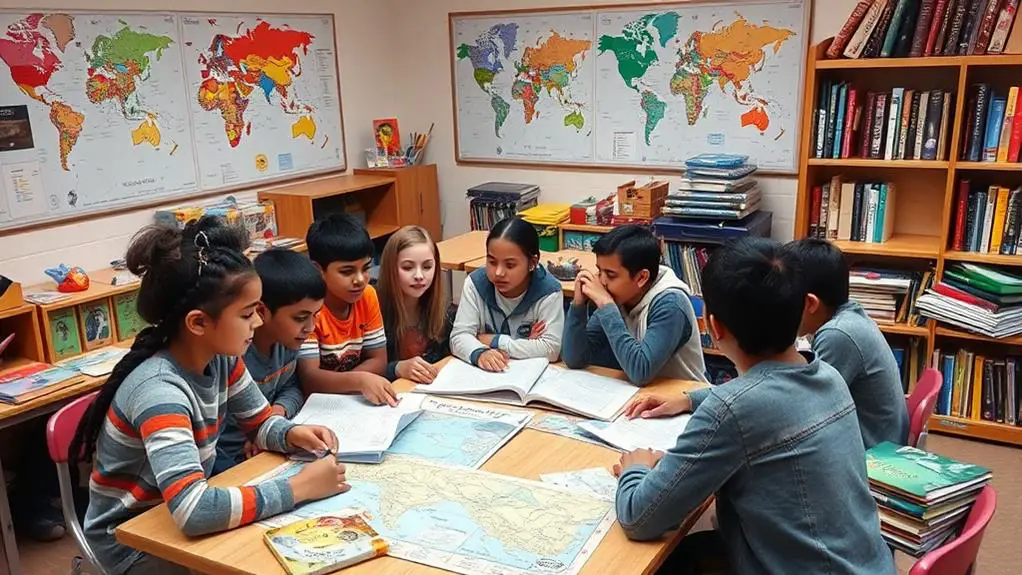
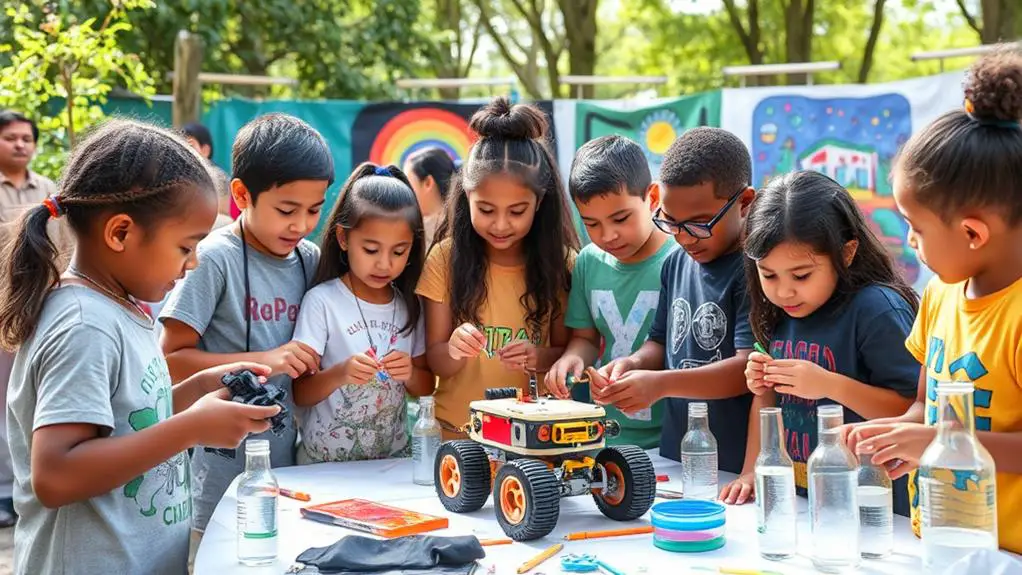



Leave a Reply